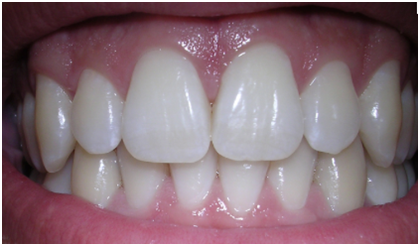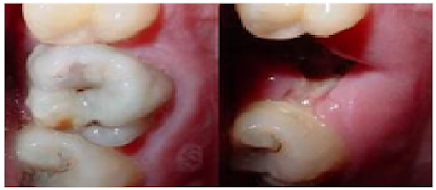Pollution : The Modern Age curse to teeth

Our “pearly whites” are very prone to pollution and it’s after effects. Pollution has serious effects on oral health, as it may lead to several gum diseases, tooth loss, and even oral cancer . Types of Pollution affecting Teeth ? 1. Air pollution is contamination of the indoor or outdoor environment by any chemical, physical or biological agent that modifies the natural characteristics of the atmosphere. Household combustion devices, motor vehicles, industrial facilities and forest fires are common sources of air pollution. This is further exaggerated to higher levels during festivals like Diwali or the major wedding saya by bursting of crackers, etc. 2. Water pollution is the contamination of water sources by substances which make the water unusable for drinking, cooking, cleaning, swimming, and other activities. Pollutants include chemicals, trash, bacteria, and parasites. All forms of pollution finally make their way to water. 3. Food pollution is generally defined as the prese...




